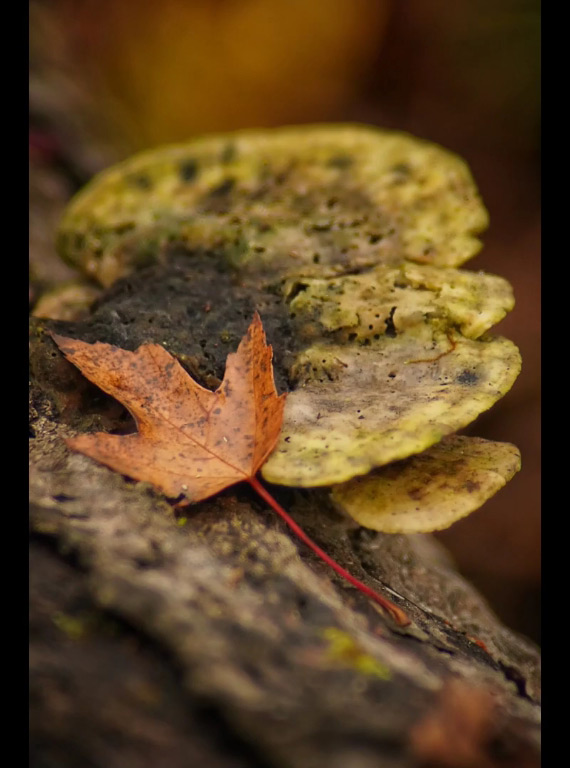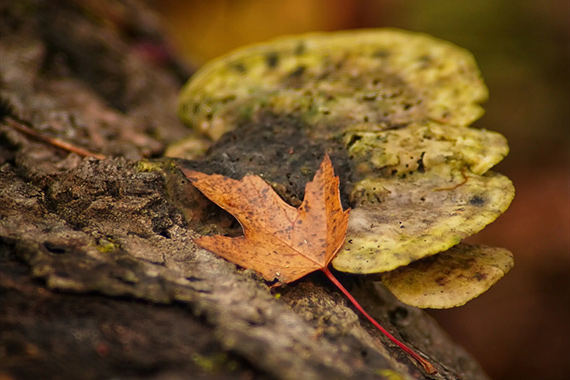One of the many beautiful aspects of nature is that it’s ever-changing. The color of the surroundings changes with the seasons, and this allows nature photographers to capture the various moods of nature. Photographer Gary Reed shares some great beginner tips for nature photography:
During the entire shoot, Reed uses his Sony A7RIII with the Tamron 300mm f/2.8 lens coupled with the Kenko Pro 300 3X adapter. Because of the nature of his setup, Reed uses manual focusing along with focus magnification and focus peaking to nail his focus.
Use a tripod and 10-second timer
When you use lenses with long focal lengths, be aware that things will get very shaky. At the longer end of telephoto lenses, even a slight shake of the camera gets multiplied. Failing to manage such shakes can render your shots useless. A tripod is thus essential whenever using long lenses.
Also, Reed suggests that you use a 10-second timer and press the shutter release button very gently when taking photos.
Balance the tripod
If you opt to use a gimbal with your tripod setup and you find yourself on uneven ground, either lower or raise one of the legs of the tripod. Since gimbals don’t have a mechanism to adjust the horizontal balance, this is the easiest way to achieve overall balance.

Don’t delete in the bush
When you’re out in the field taking photos, do not delete photos. It’s always great to have many options to choose from when you get home. Who knows if the image that you deleted was better than the one you opted to keep? You cannot trust the small screen on the back of your camera. Besides, your memory card can hold tons of images anyways.
Take lots of shots
Don’t shy away from taking multiple photos of the same subject. Change your distance, shoot from different angles, change your perspective, and do whatever you can to create multiple options for yourself.
Take images in both landscape and portrait orientation
Imagine how bad you would feel if you wished that you had taken a particular image in another orientation. Take every shot in both landscape and portrait orientation.


Prepare yourself for the weather
On cold days, wear warm clothes and carry a hot drink. And don’t forget your gloves, as the metal tripod can be freezing to touch.
Prevent condensation
Water vapor can condense on photography gear in extreme weather conditions. To prevent condensation when moving in from the cold weather, leave your gear in the car or unheated garage for about half an hour. Then, bring it into your warm house but don’t wipe it for another half an hour or so; wait for the gear to dry up before cleaning it.
Be sure to put these nature photography tips into practice and share your experience!
- - - - - - - - - - - - - - - - - - - - - - - - - - - - - - - - - - - - - - - - - - - - - - - - - - - - - - - - - - - - - - - - - - - - - - - - - -
Did you appreciate this newsletter? Please help us keep it going by Joining Our Patreon Supporters
What are your thoughts on this article? Join the discussion on our Facebook Page
PictureCorrect subscribers can also learn more today with our #1 bestseller: The Photography Tutorial eBook
Become a photography VIP with the All Access Pass to Photography Training
- - - - - - - - - - - - - - - - - - - - - - - - - - - - - - - - - - - - - - - - - - - - - - - - - - - - - - - - - - - - - - - - - - - - - - - - - -
The post 10 Nature Photography Tips for Beginners appeared first on PictureCorrect.
from PictureCorrect https://ift.tt/JpUCLTP
via IFTTT






0 kommenttia:
Lähetä kommentti